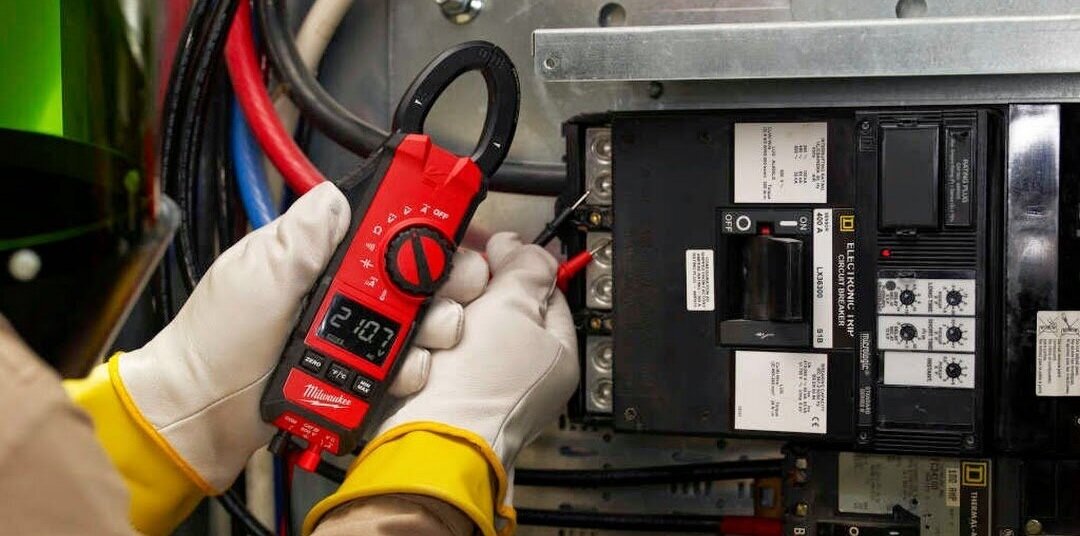Electrical issues can be a nightmare, and they can cause serious damage if not dealt with properly. If you’re like most homeowners, you probably don’t know how to repair electrical problems safely and effectively. This is why it’s important to learn as much about this topic as possible. If you looking for an electrician for the electrical repair in Windsor you may search through online resources.

Image Source: Google
What You'll Need:
-A voltmeter or an electrician
-Tape measure
-Wire cutter/stripper
-Jumper cables
-Cordless drill with bit size appropriate for screws and nails
-Circular saw with a blade that is at least 2 inches wide
Safely Test For Power Outages
There are a few easy steps you can take to test your electrical system and ensure that everything is in working order:
1) Check the light switches around your house. If any of them don’t turn on or off when you press them, chances are your electricity is out.
2) Use a voltmeter to check your circuit breaker box and see if any circuits are turned off. If so, turn them back on using the appropriate switch or circuit breaker.
How to Repair Electrical Issues in Your Home
Here are some tips on how to troubleshoot and fix common electrical problems:
1. Check for loose wire insulation: This is a common issue, especially in older homes where the wiring has been exposed for years. If there are any loose wires, they could be sparking and causing the power to go out.
2. Check for frayed or broken cables: Cables can also become loose over time and start to fray or break, which can lead to short circuits and potentially a power outage.
Testing and Checking for Damage
Damage to electrical wiring can cause not only temporary lack of power but also long-term hazards like fires. Testing and checking for damage is an important part of any electrical repair.
Start by looking for obvious signs of trouble. Is the light going out when you switch on the TV or stereo? Is there a lot of noise coming from the outlets? If so, there may be something wrong with the outlet itself, or the wiring connecting it to the substation.

